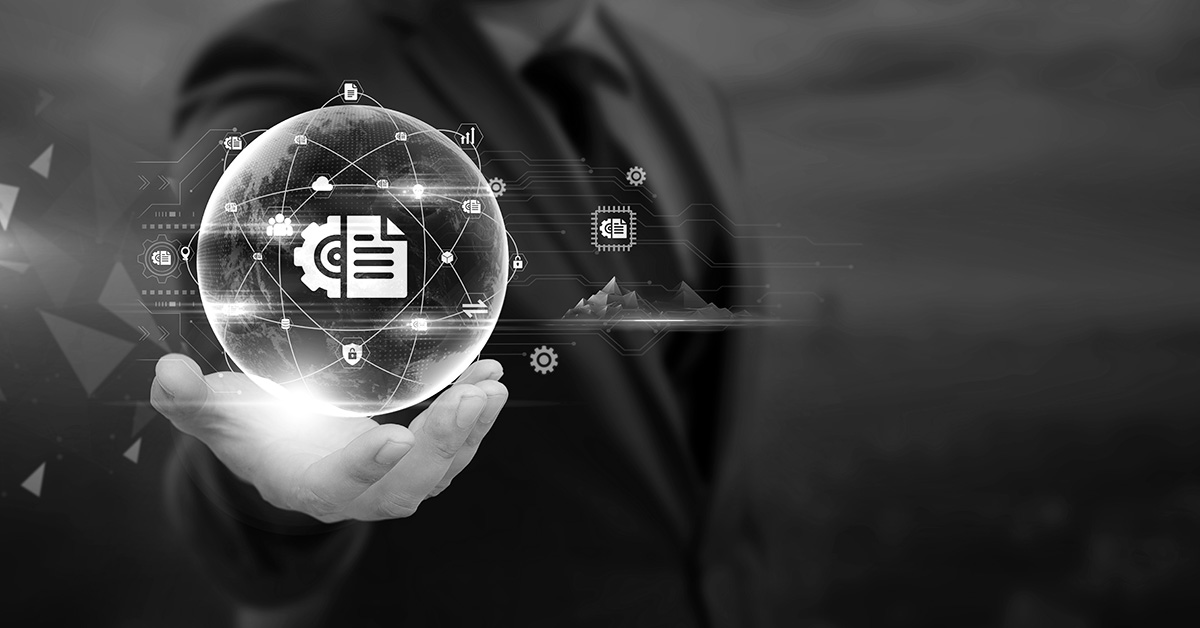Change is relentless. Technology evolves at breakneck speed, and security practitioners face a constant barrage of updates, system tweaks, and new tools. This relentless stream of modifications can create a clutter of information, making it challenging to pinpoint what is truly important.
Effectively filtering through this noise through effective change management is critical for maintaining operational efficiency and security.
In this blog, we'll delve into three essential levels of change that can help you cut through the clutter and focus on what really matters for your tech environment.
Level #1: Is It Approved?
The first level of evaluating change is determining if it has been officially approved. Approved changes typically adhere to established business processes and follow a structured approval workflow. Here's how to ensure a change is authorized:
Change Management Process: Cross-reference the change against your company's change management process. This involves verifying if the change has been logged, reviewed, and sanctioned through the appropriate channels.
Patch Management: For updates related to software patches, check them against official sources like Microsoft's Patch Tuesday manifest. This helps ensure that the change aligns with expected updates and assists in identifying any unexpected modifications.
System Owner Insight: Engage with system owners to understand routine changes and establish a baseline for what is considered normal. This knowledge helps to tune alerting systems to differentiate between benign changes and those requiring attention.
Testing and Staging: Changes should be tested in a staging or QA environment before being applied to production. This helps ensure that only thoroughly vetted changes are implemented in the live environment.
Configuration Management Tools: Tools like Puppet can automate the deployment process, ensuring that changes from these services are expected and monitored accordingly.
Other Considerations:
Documentation: Ensure all changes are well documented and records are kept for auditing purposes. This will help to track the history and rationale behind changes.
Compliance Checks: Regularly review change management practices to ensure they comply with industry standards and regulatory requirements.
Level #2: Is It Good?
After confirming that a change is approved, the next step is to evaluate its quality and impact. Not all approved changes are beneficial. Here's how to assess if a change is good:
Security and Compliance: Analyze the change in the context of security frameworks and compliance standards. For example, ensure that the shift adheres to security best practices such as those outlined by NIST or ISO.
Impact Assessment: Evaluate the potential impact of the change on the system. Consider if the change improves performance, enhances security, or meets specific business requirements.
For example:
Performance Improvement: Does the change optimize system performance or reduce latency?
Security Enhancement: Does the change close a security vulnerability or strengthen access controls?
Business Requirements: Does the change align with internal policies or business objectives?
Cloud Considerations: In cloud environments, ensure configuration changes do not accidentally expose sensitive data. For instance, review permissions and access controls to prevent data leaks. Would you be able to tell if a configuration change caused your confidential information stored in an S3 bucket to become public?
Risk Analysis: Conduct a risk assessment to identify any potential downsides of the change. This includes evaluating whether the change introduces new vulnerabilities or conflicts with existing configurations.
Other Considerations:
User Feedback: Gather feedback from users to understand the change's practical impact on their daily operations, as this can provide insights into any unforeseen issues or benefits.
Change Documentation: Always maintain detailed documentation of the change and the rationale behind it, as this helps in future evaluations and ensures that all stakeholders are on the same page.
Level #3: Is It Malicious?
The final level involves assessing whether the change is malicious. This is crucial for protecting the environment from security threats. Here is how to detect and address malicious changes:
Threat Databases: Use threat intelligence databases to check if a change, such as an executable, is associated with known malware. This helps identify threats that have been previously documented.
Sandbox Analysis: Employ malware analysis tools that can detonate executables in a sandbox environment. This allows you to observe the behavior of new or unknown files and detect malicious activity.
Integrity Monitoring: Implement integrity monitoring solutions like Tripwire to track changes across your systems continuously. This helps identify unauthorized modifications and potential security breaches.
Incident Response: Establish an incident response plan to address and mitigate the impact of malicious changes. This plan must include procedures to contain or eradicate and recover from the threat.
Other Considerations:
Regular Updates: Keep your security tools and threat databases updated to ensure they can detect the latest threats and vulnerabilities.
Training and Awareness: Provide staff with training on recognizing and reporting suspicious changes or activities. An informed team is a vital component of an effective security strategy.
Navigating Endless Change
Navigating the ever-changing tech landscape requires a systematic approach to filtering and evaluating changes. By assessing changes through the lenses of approval, benefit, and potential malicious intent, you can cut through the noise and focus on actionable insights. Implementing robust change management processes, leveraging advanced security tools, and maintaining thorough documentation will help safeguard your infrastructure and ensure operational efficiency.
With these strategies, you can stay ahead of the curve and effectively manage the complexities of modern technology.
5 Things Your FIM Solution Should Be Doing for You
Discover the pivotal role of File Integrity Monitoring in maintaining system security and compliance with major standards. Tripwire Enterprise stands out as an advanced solution, offering real-time detection and detailed context for system changes, making it a superior choice for robust cybersecurity.


